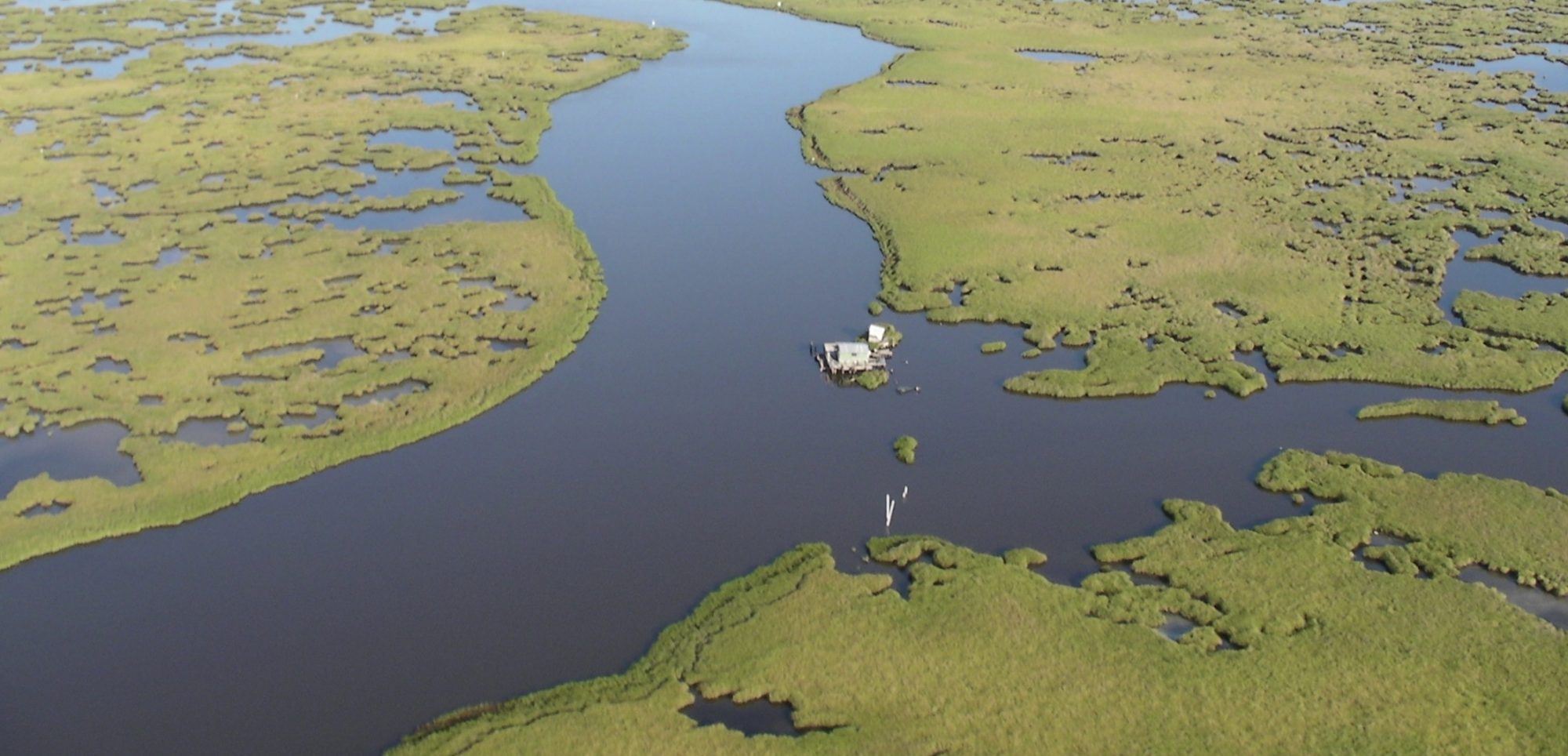
M.S. Candidate, College of William & Mary
Field Travel Grant Type 1
Assessing the Functional Status of Created Wetlands in Eastern Virginia Via a Developmental Trajectory
“The creation of artificial wetlands has been used as a tool for the environmental remediation of natural wetlands loss since the 1980s. Their creation for mitigation practices has continued to increase as a result of the federal policy regarding “no-net-loss.” This research I am performing for my Master’s thesis will address the question of whether or not these artificially created landscapes are functionally equivalent to the natural wetlands which they are replacing. The success of creation will be measured in mitigated non-tidal forested wetlands using soil and vegetation criteria.
If the timeline of soil chemistry data and the vegetation data show that created wetlands are moving on a trajectory towards the development of natural reference sites, then it can be said that these sites are well on their way to becoming functionally equivalent. I do expect to find that while these sites are still far from becoming functionally equivalent to a climax community non-tidal forested wetland, they are on a path that, with lots of time, will lead them in that direction eventually.
As the conclusion to my project, I hope to create a model for non-tidal forested wetland growth over time. I will be providing a trajectory model, and determine how long it will take each wetland to reach the conditions of a full, mature forested system. These data can then be applied to construction methods of new systems by following the plans used to create the most efficient wetland from this study. “
